We explain what Australopithecus was, where it originated, and what its characteristics were. In addition, we discuss its diet and extinction.
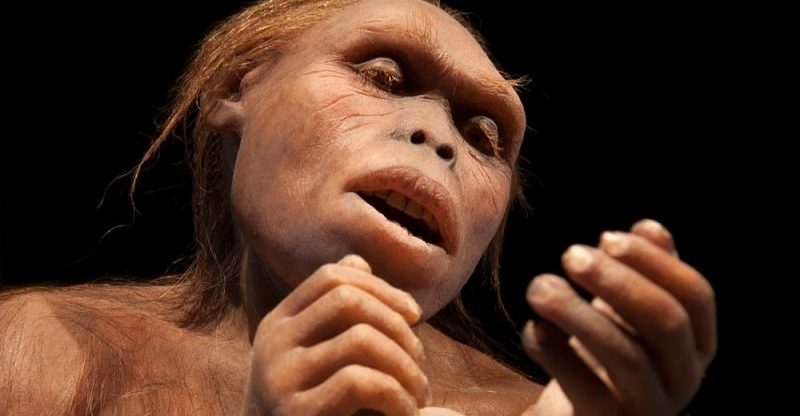
What was Australopithecus?
Australopithecus, often referred to as australopithecines, is the name given to an extinct genus of hominid primates. Up to seven distinct species within this genus are known to have lived in prehistoric Africa around 4 million years ago.
These species are crucial for the study of human evolution as they represent the earliest bipedal primates, i.e. that walked on their hind limbs. Australopithecus are considered the first hominids and direct human ancestors.
- See also: Human evolution
Origin of Australopithecus
The species that make up the genus Australopithecus inhabited the southern and eastern part of the African continent. The name Australopithecus combines the terms austral, meaning "southern", and pithekos, meaning "ape", making reference to the first discovery of fossil remains of the species, which took place in South Africa.
However, Australopithecus did not inhabit exclusively southern Africa, nor was it an ape. Over time, australopithecine fossils were discovered in the present territories of Ethiopia, Chad, Kenya, Tanzania, and South Africa.
- See also: Prehistoric man
Physical characteristics of Australopithecus
Australopithecus had long, sturdy arms, similar to those of apes, which suggests that they would have alternated walking on their lower limbs with climbing trees or swinging among branches.
They were small and slender, between 3 ft 11 in and 4 ft 7 in tall (1.20 to 1.40 m). Sexual dimorphism was quite pronounced in their species, with males being about 50% larger than females.
Australopithecus skull
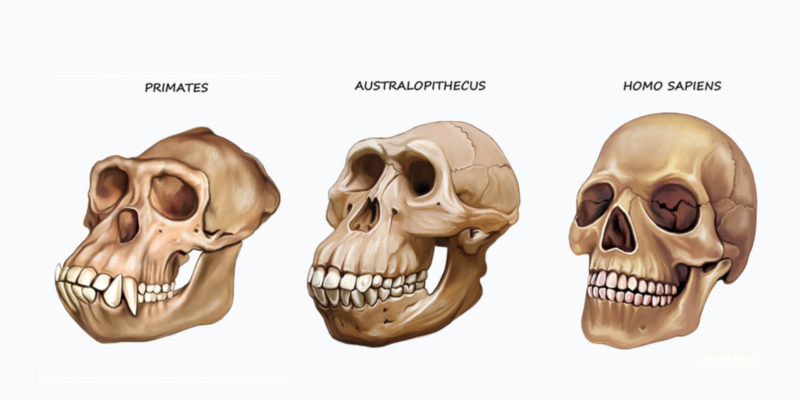
Australopithecus possessed jaws and teeth that were later inherited by the different types of hominids. Their dental arch was rounded, canines slightly protruded, and incisors were small compared to premolars and molars.
The volume of their cranial capacity was smaller than that of modern humans. Some Australopithecus species had an average cranial volume of 440 cc, while others reached 520 cc (the average cranial volume of a modern gorilla ranges between 420 and 700 cc, and that of modern humans, between 1,000 and 2,000 cc).
Diet of Australopithecus
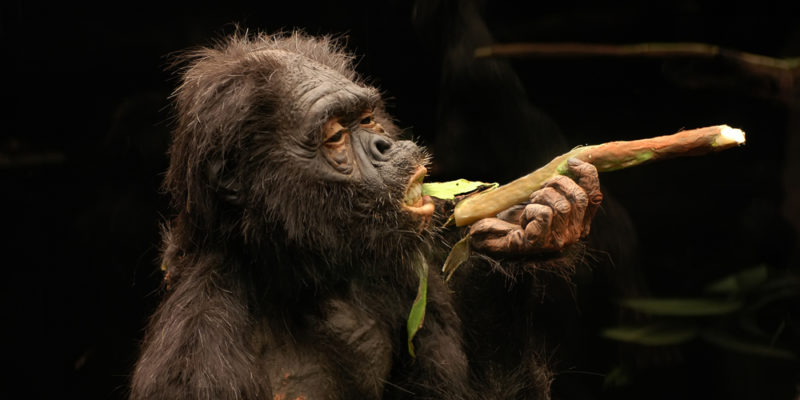
The jaws of these species featured teeth with thick enamel like humans, but their molars and canines resembled those of apes, suggesting they might have been omnivores (i.e. feeding both on plants and animals).
Their ability to stand upright would have allowed them to survive overland travel long enough to scavenge for carrion, fallen fruit and other foods away from trees.
Habitat of Australopithecus
Australopithecus are thought to have inhabited oases in the African savanna, where trees and food were still abundant, but not so much so, since their need to descend from trees and learn to walk upright could not otherwise be explained.
This would have given them an evolutionary advantage, allowing migration, access to less populated food niches, and the ability to anticipate predators in African grasslands by looking over tall grasses.
Australopithecus species
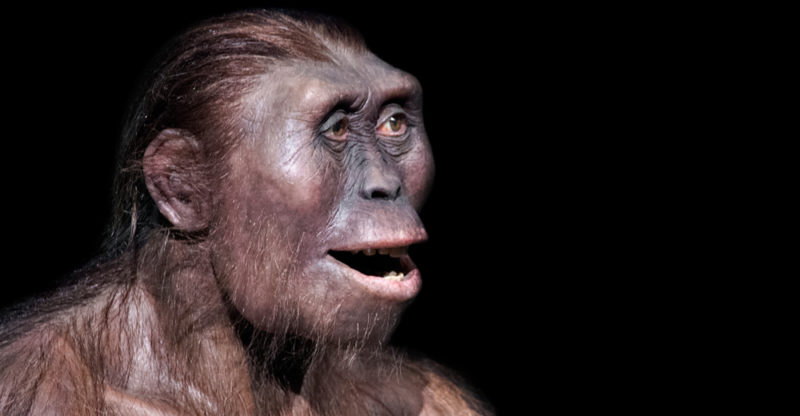
There are seven known species of Australopithecus:
- Australopithecus anamensis. They inhabited the region of Kenya between 4.2 and 3.9 million years ago. They had large molars with dense enamel.
- Australopithecus afarensis. They existed between 3.9 and 2.7 million years ago. Their vocalization patterns were quite similar to contemporary chimpanzees.
- Australopithecus bahrelghazali. The only species from East Africa, they lived around 4 to 3 million years ago in the Chad regions.
- Australopithecus deyiremeda. They existed between 3.3 and 3.4 million years ago. They featured small teeth and robust jaw bones.
- Australopithecus africanus. They had a more globular skull with a capacity of up to 450 ml. Their existence dates back between 3 and 2.5 million years.
- Australopithecus gharni. They are credited with traces of lithic industry (stone tools). They lived around 2.5 million years ago.
- Australopithecus sediba. The most recent species, dating back just 2 million years, they are considered to be the most likely ancestors in the lineage leading to modern humans.
Lucy (Australopithecus)

Lucy is the name of the best preserved Australopithecus afarensis skeleton on record. Its fossil remains were discovered in Hadar, Ethiopia, in November 1974, by scientist Donald Johanson and his team. The remains correspond to a 40% complete Australopithecus afarensis skeleton.
Lucy was only 4 ft 1 in tall (1.27 m) and weighed 59 lb (27 kg), and she would have lived roughly 2.9 to 3.8 million years ago.
Australopithecus fossil sites
The main fossil sites of this genus are found in Africa, specifically in: Bahr-el-Ghazal, South Sudan; Hadar and Middle Awash, Ethiopia; Lake Turkana, Kenya; Laetoli, Tanzania; Makapansgat, Sterkfontein, and Taung, South Africa.
Extinction of Australopithecus
The extinction of Australopithecus is estimated to have occurred around 1 million years ago. Archaeologists believe it would have taken place due to competition with the genus Homo, with whom it coexisted in the habitat of the savannahs and plains.
Australopithecus in human evolution
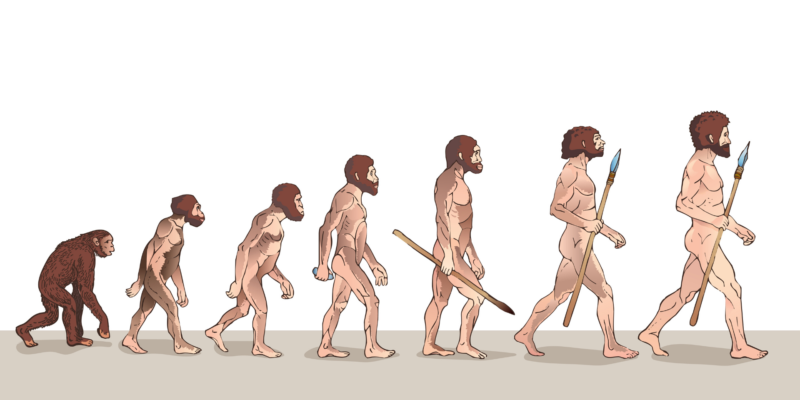
The study of Australopithecus is critical to human evolution. They were the first bipedal primates, being the first to walk on the lower limbs and thus freeing the upper limbs to perform a series of more complex tasks.
Moreover, one of the species from this genus (Australopithecus afarensis) gave rise to the first species of the genus Homo, from which modern humans evolved.
Explore next:
References
- López Serrano, A. (1996). Proceso de hominización y cultura material. La aportación de la antropología histórica.
- Harris, M. (1981). Introducción a la antropología general. Alianza.
- “Australopithecus”. Wikipedia.
- “Australopithecus”. La Enciclopaedia Britannica.
- “¿Quién es Lucy, la australopiteco?”. El País (España)
- “El Australopithecus y la evolución humana” (Video) Museo Nacional de Antropología mexicano.
- “Del Australopithecus al Homo sapiens” (Video) RTVE.
- “Australopithecus”. Mundo Prehistórico.
Was this information useful to you?
Yes NoThank you for visiting us :)